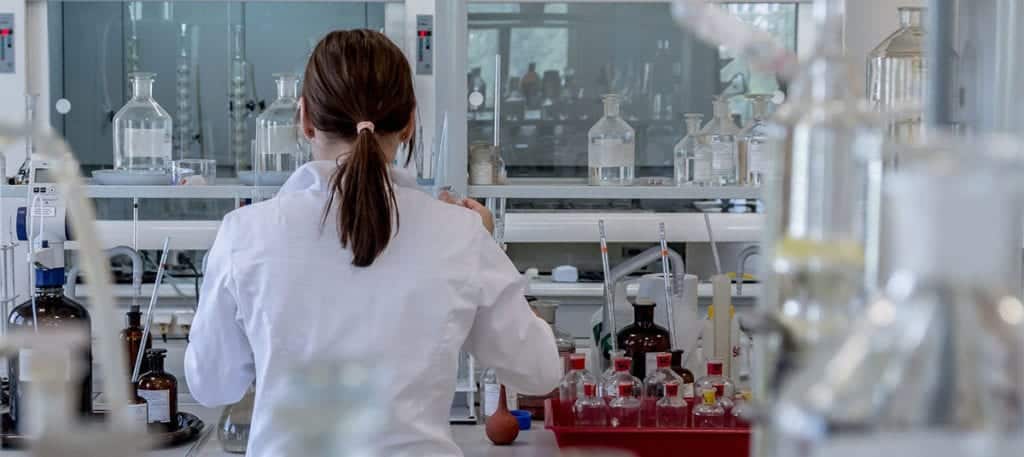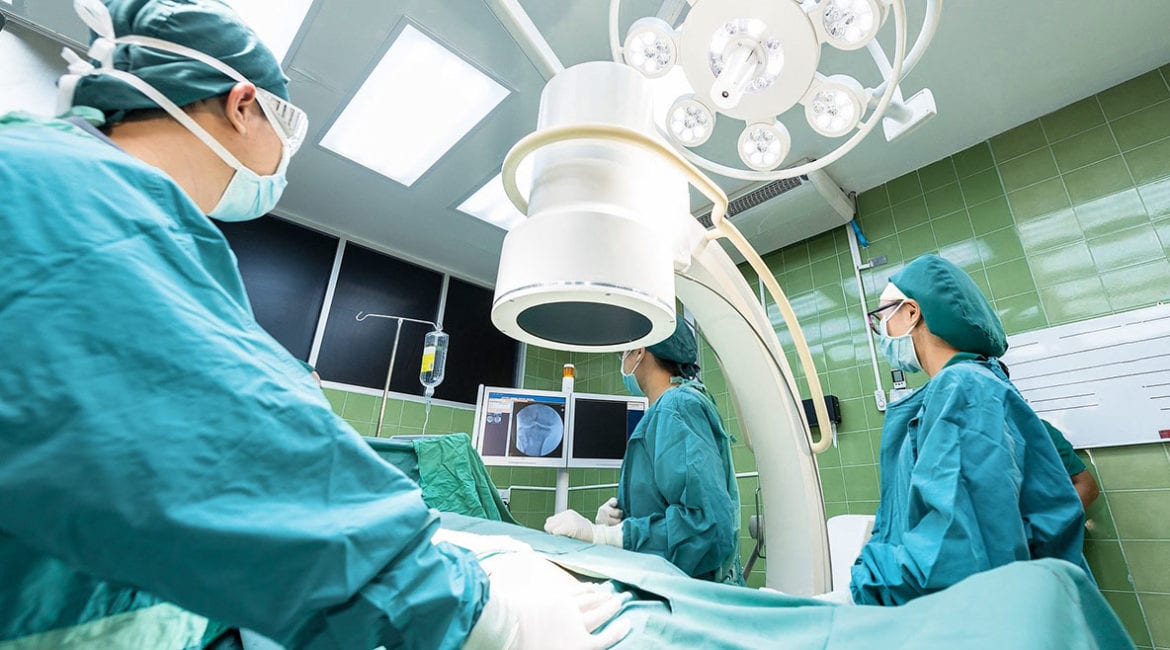Ventilation and temperature control are important for commercial buildings in every industry, but especially in facilities that provide medical care and research. Hospitals, eye clinics, dental offices, veterinary clinics, and laboratories have specific regulations contractors must follow when designing healthcare facilities, including their commercial HVAC systems.
Keep reading to learn how HVAC systems for medical buildings differ from other industries, and how custom sheet metal fabrication plays a key role in meeting specifications for temperature and indoor air quality in healthcare settings.
HVAC Systems in Healthcare
Every commercial industry contributes to our society in a different way, but the medical industry is responsible for improving public health and well-being. To achieve this goal, HVAC systems in medical facilities must be designed to eliminate the higher concentrations of germs that building occupants introduce to the environment and maintain a conducive atmosphere for medical research.
Hospitals and clinics often have isolated HVAC systems in each area of a facility to preserve indoor air quality and prevent infection among patients and employees, and HVAC design varies by department.
Patient wards in a hospital, for example, have their own filtration systems in every room that mechanically filter out bacteria, viruses, and other microorganisms in the air. Surgical rooms have even more strict regulations to maintain a sterile ecosystem. Areas that have high foot traffic, like lobbies and office spaces, also have their own HVAC requirements, although these are usually less restrictive.
Temperature control also matters in healthcare. In addition to keeping occupants comfortable year-round, commercial heating and cooling systems maintain precise indoor temperatures and humidity levels in laboratories to develop and store vaccines, medicines, and other treatments.

High-quality ductwork and regular HVAC maintenance are key to ensuring medical facilities continue to operate within these specific HVAC regulations, which leads us into how custom sheet metal fabrication benefits the healthcare industry.
Custom Sheet Metal Ductwork in Medical Facilities
In any commercial HVAC system, ductwork plays the important role of controlling air flow, ventilation, and humidity in a building. Because hospitals and other health clinics have strict HVAC regulations, ductwork in these facilities must be the proper size, shape, and material to operate effectively.
When constructing a new building, medical companies can benefit from hiring an HVAC contractor to create custom sheet metal ductwork so every inch fits seamlessly while meeting industry specifications. HVAC systems in hospitals and clinics must also be regularly inspected by a certified HVAC technician to keep equipment up to code and compliant with warranty requirements.

At Custom Aire, we create custom sheet metal products right in our state-of-the-art fabrication shop to ensure ductwork in healthcare facilities is leak-free, efficient, and safe. We also offer maintenance and repair services to keep occupants safe and comfortable for years to come. Contact us today to learn more.





